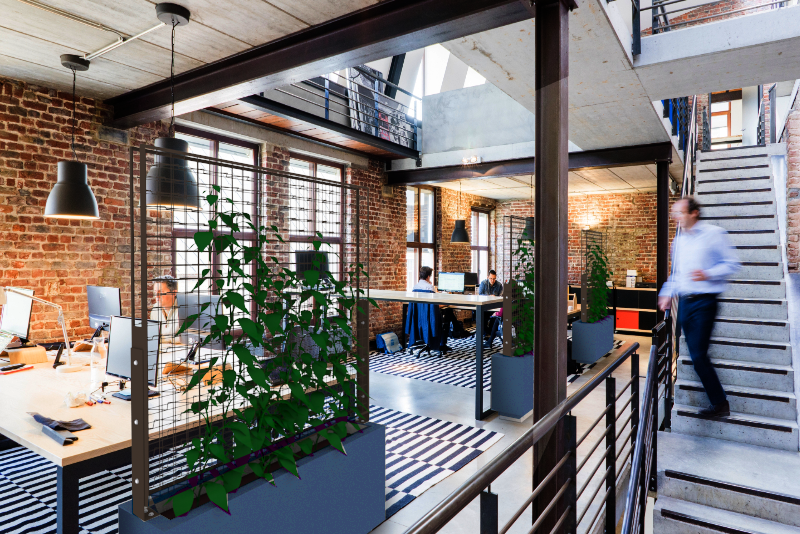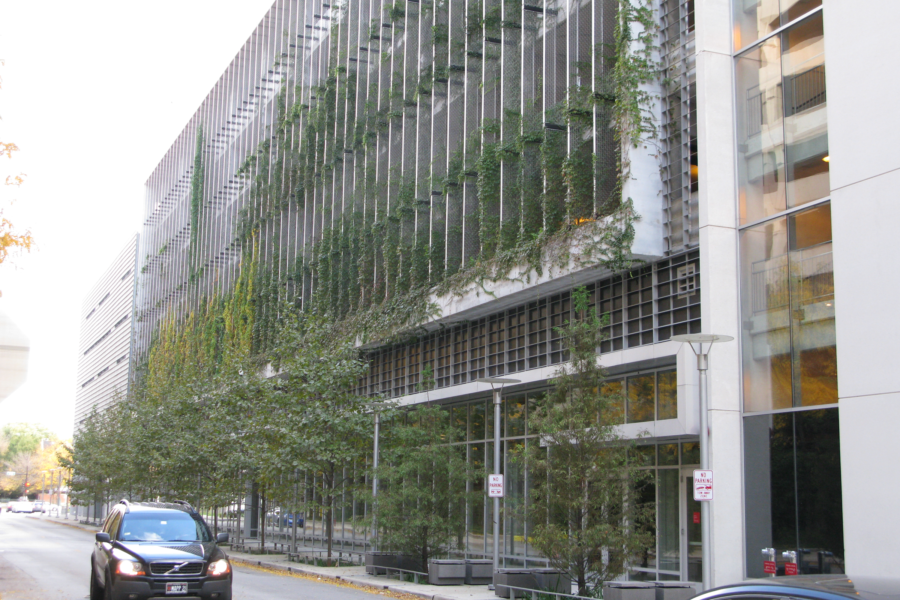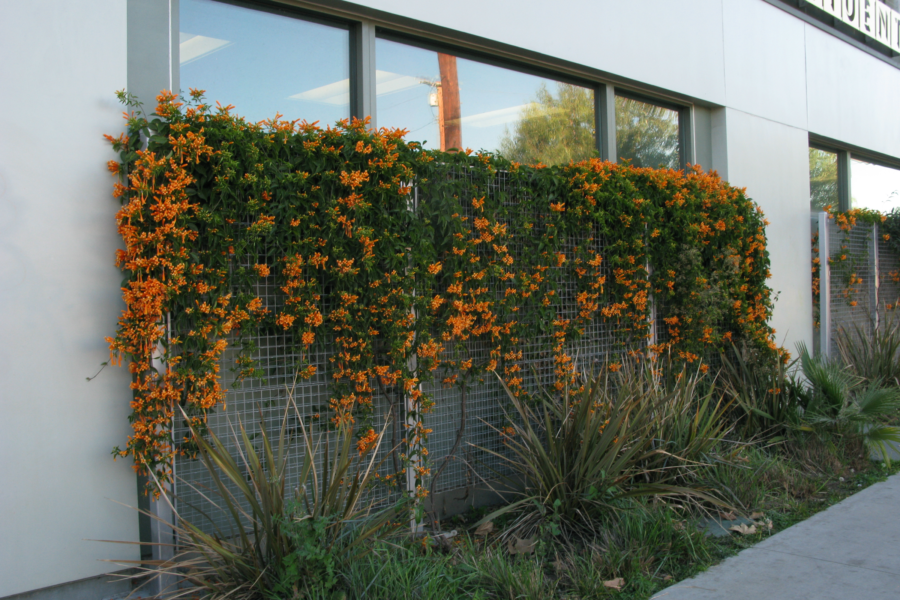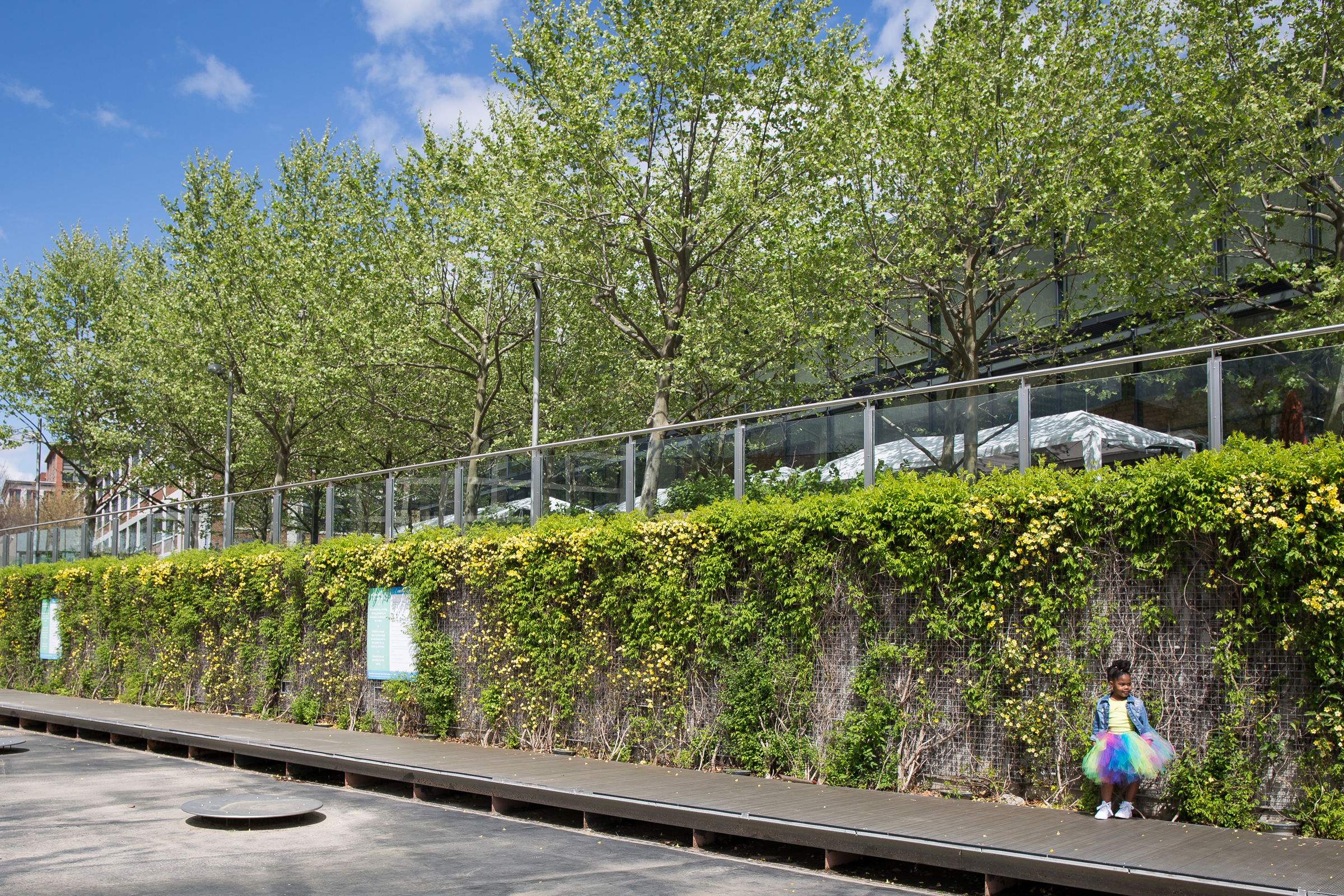We are all aware by now of the harrowing effects of climate change on our planet. But we may not be as aware of the progress that we have made toward mitigating global warming to date.
With summer upon us, severe weather and climate change-related events are right around the corner. Add hurricanes, cyclones, flooding, drought, wildfires, and extreme heat to the ongoing global warming effects of melting glaciers, rising sea levels with shifting plant and animal ranges, and the thought of it is downright depressing.
Listening to the podcast The Energy Gang hosted by Stephen Lacey, I realized that there has been a lot of progress in reducing the effects of climate change. Of course there is so much more work left to do, but there is some good news.
The Energy Gang goes back to 2005 when Hurricane Katrina brought climate change and social inequality into the American consciousness. That same year, the Energy Information Administration projected that CO2 emissions would steadily rise every year due to the use of coal and gas. But they were wrong.
In 2020 emissions were reported at 50% less than 2005 projections. Lawrence Berkeley National Laboratory calls this “halfway to a zero-carbon grid.” This is due to the bridge measure of coal replacement with natural gas, the affordability of wind and solar, and energy-efficient appliances and technology.
And though energy use increased, the price for energy did not. In fact lots of jobs were created, health care costs went down, and premature deaths predicted were much lower. And now the investment is moving away from fracking to renewable energy, according to The Energy Gang.
So where does that leave us now? Let’s explore.
How to Design Spaces to Combat Climate Change

Photo courtesy of greenscreen
Let’s start by looking at our immediate environment and working our way outward to global strides. According to Green Roofs for Healthy Cities, biophilic design is rapidly becoming one of the principal considerations when embarking on an urban building project. Millennials and Gen Z are far more likely to choose an employer, restaurant, store, and so on based on the sustainability goals and aesthetic than previous generations.
Adding greenery to indoor spaces is one of the easiest ways that biophilic design can be added to a work or home environment. The greenscreen Elysian Interior Series, for example, is an affordable strategy for social distancing indoors for restaurants, office spaces, hotel lobbies, conference centers—anywhere that groups of people gather inside. Plants improve indoor air quality and add a natural element to design, which has been documented to increase productivity.

Courtesy of greenscreen
Natural finish materials also add to the health of a space by using wood, natural tiles, and reuse of building materials from previous projects. Natural color tones add to the calmness of a space. Strategic placement of outdoor views are essential indoors, but, when not available, plants and finishes are an essential consideration for biophilia.
For the building in general, mass timber construction is now one of the best ways to reduce the carbon footprint of the structure. Terra cotta tiles and metal panels on the facade are recyclable and reusable. High-performance glazing with fiberglass frames decrease energy loss; radiant cooling and heating systems are more energy-efficient, and efficient building facades use less resources. Monitoring these systems adds accountability to any green building project.
Cool coating for roofs help to reduce heat island effect as does adding a green roof to your project. Green roofs can be used to grow food while regulating storm water and cleaning the air. On the ground, urban agriculture can include preserving indigenous soil and repairing soil to add diversity and build in regenerative qualities. If you want to take this further, shop at local farmers markets to support sustainable farming.
Implementing measures to increase greenery on your site can include green facades and planted fencing. greenscreen offers many different solutions to add beauty and natural elements to the site with your aesthetic sensibility in mind.
Climate Change Progress: Where We’re At Now

Photo courtesy of greenscreen
We have the means to decrease our carbon footprint. This is an all-hands-on-deck situation, and it’s the national and local governments that have the largest responsibility in making progress on this front.
Banks are still financing fossil fuel production at a high rate while at the same time investing in clean energy-playing both sides. The action we can take? Support policies that stop financing polluting products and work to replace C-level board members that encourage these types of investments.
At the governmental level, you can choose to support global climate initiatives at the Glasgow Climate Change Conference in November 2021, or local and national legislative initiatives like Public School Green Rooftop Program Bill (H.R. 1863) by Nydia Velázquez of New York and funded by the Department of Energy. This program will provide green roofs especially for urban areas where greenery is hard to find.

Photo courtesy of greenscreen
At the direction of the Los Angeles City Council, LA embarked on a plan to modernize its electricity system infrastructure—aiming for a 100% renewable energy supply by 2045, along with aggressive electrification targets for buildings and vehicles. With great ambition comes great need for actionable data and analysis, which NREL provided through LA100.
Another study published in the journal Environmental Research found that exposure to particulate matter from fossil fuel emissions accounted for 18% of total global deaths—almost one in five—in 2018. Support clean energy infrastructure that can protect historically disadvantaged communities who bear the brunt of air pollution from highways and other concentrated pollution sources. Support equitable planning reform legislation to remedy housing shortages and reconnect communities segregated by freeways.
Increase transparency by developing an HPD for your product and add it to a transparency catalog like Sustainable Minds. If not a manufacturer, specify from those catalogs. Any LEED or other sustainability certifications is a good idea for individuals, products and corporations: Certified B Corporation, Cradle to Cradle Certified, Green America Certification, WELL Certification, and many more.
Whether your efforts are local or global, everything helps. When the issues of climate change and social injustice become overwhelming, take action. It’s the best way to help others and to help yourself.




